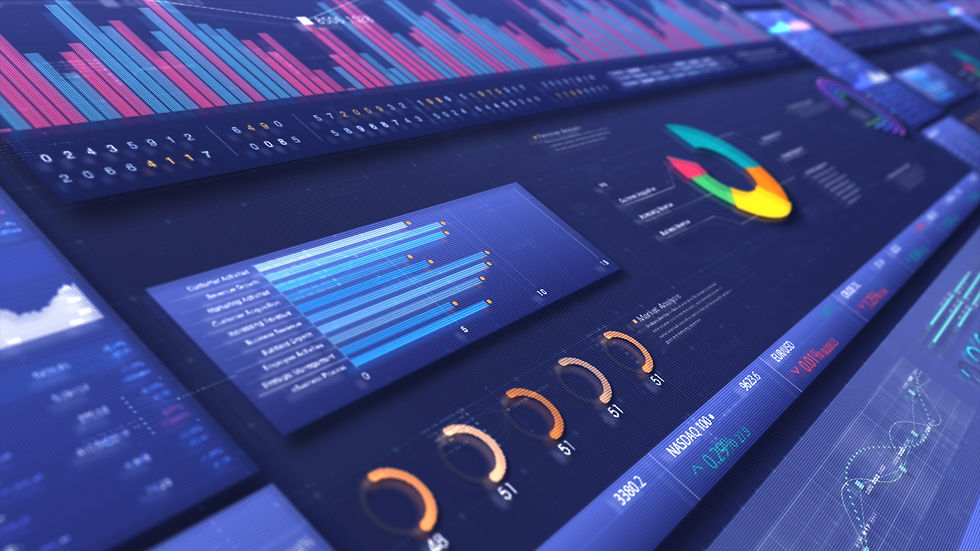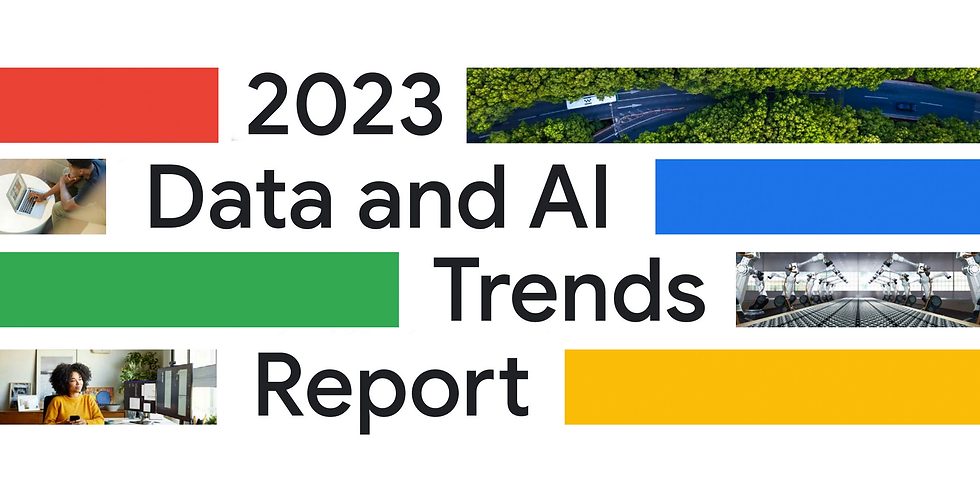Teradata Migration to Google Cloud BigQuery
- Cloudify AI
- Nov 27, 2024
- 3 min read

Migrating from Teradata to Google Cloud BigQuery can be a complex process that requires careful planning and execution to ensure a successful outcome. In this blog post, we will explore the key things to watch out for as you build your Teradata migration plan to BigQuery..
1. Data Modeling
One of the critical things to consider when migrating from Teradata to BigQuery is data modeling. Teradata is a relational database, while BigQuery is a fully managed, serverless cloud data warehouse that is designed for storing and analyzing large datasets. The key difference between the two platforms is that BigQuery is schemaless, which means that you do not need to define a schema upfront.
Before migrating to BigQuery, you need to re-evaluate your data modeling approach and consider the impact of a schemaless environment. You need to understand the data types and structures that BigQuery supports and adjust your data models accordingly.
2. Data Transfer
The next critical step in your Teradata migration plan is data transfer. BigQuery supports various methods of data transfer, including bulk load, streaming, and transfer services.
Bulk loading involves transferring large amounts of data using tools such as Cloud Storage Transfer Service or the BigQuery command-line tool. Streaming is a real-time transfer of data to BigQuery, while transfer services provide automatic data transfer from other databases, such as MySQL or Oracle.
You need to determine the best data transfer method for your specific use case, taking into account factors such as data volume, transfer speed, and cost.
3. Data Transformation
Another essential aspect of Teradata migration to BigQuery is data transformation. BigQuery supports SQL, which is similar to Teradata SQL, but you need to consider the differences in syntax and query performance.
To optimize your queries for BigQuery, you need to adjust your data transformation logic and queries to take advantage of BigQuery's columnar storage format and distributed processing capabilities. You also need to optimize your data for query performance and ensure that your data is properly partitioned and clustered.
4. Security and Compliance
As you migrate to BigQuery, you need to consider security and compliance. BigQuery provides robust security features, including encryption, access control, and audit logging, but you need to ensure that your data is secure throughout the migration process.
You also need to ensure that you comply with data protection regulations, such as GDPR, HIPAA, or CCPA, depending on your specific use case. You should also consider BigQuery's data residency options and choose the data location that best meets your regulatory and compliance requirements.
5. Testing and Validation
Finally, before you complete your migration, you need to thoroughly test and validate your BigQuery environment. You need to ensure that your queries and reports work correctly and that your data is accurate and consistent.
You should also test your system for performance, scalability, and reliability to ensure that it meets your business needs. You may also want to consider a phased approach to migration, which involves migrating a subset of data and users before completing the full migration.
In conclusion, migrating from Teradata to BigQuery can provide many benefits, such as increased scalability, flexibility, and cost savings. However, the migration process requires careful planning and execution to ensure a successful outcome.
To build a successful Teradata migration plan to BigQuery, you need to consider data modeling, data transfer, data transformation, security and compliance, and testing and validation. By taking these factors into account, you can optimize your migration and ensure a successful transition to BigQuery.



Comments